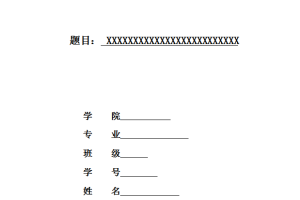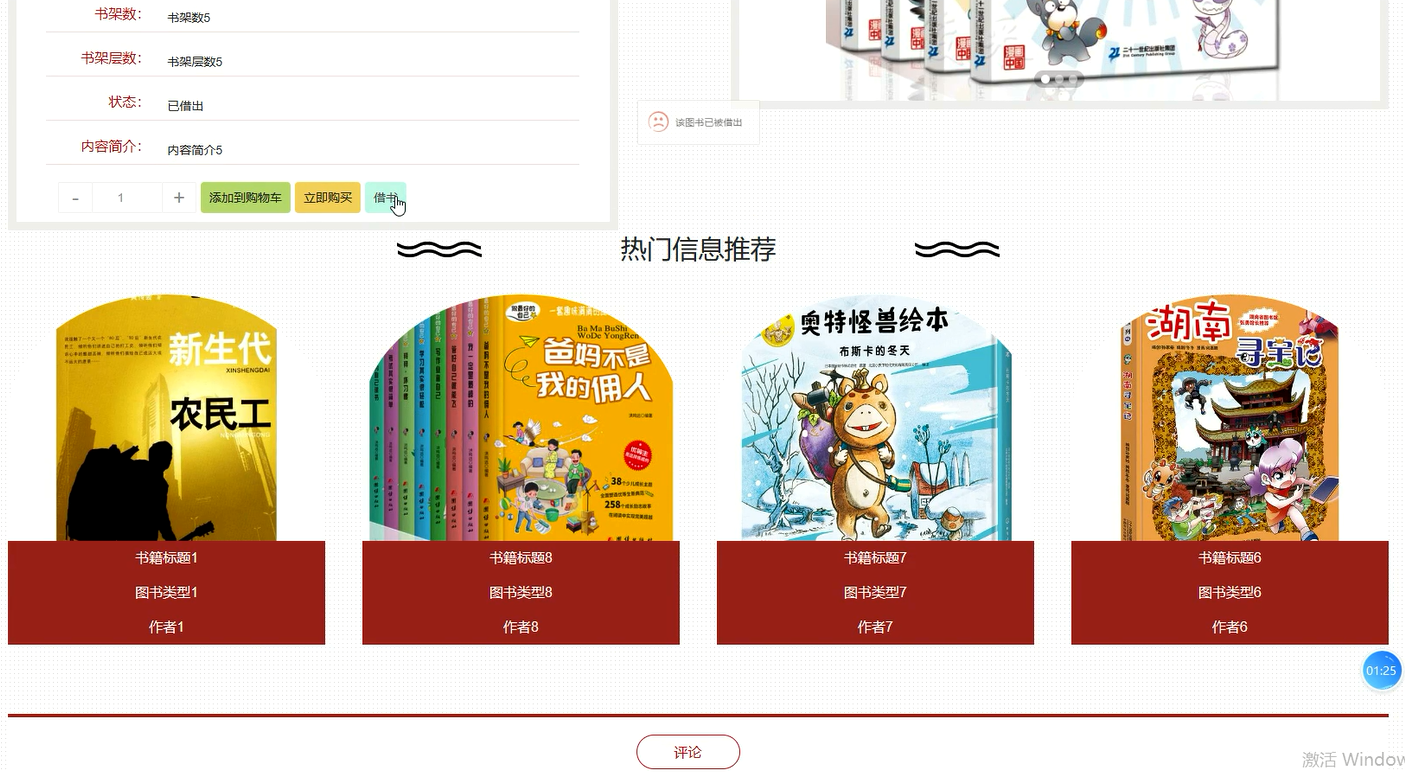自动控温的韧化机控制装置的设计
[摘要]随着微电脑测控技术,应用范围广的温度采集与控制系统单片机的研发和应用为核心,在很大程度上的快速发展提高了温度控制在生产和生活的水平。这种设计不仅描述了一种以STC89C52单片机控制单元为主,基于温度传感器PT100温度采集系统,并通过对ADC0809模—数转换到单芯片微型计算机。采集系统可以实时温度数据存储和记录当前的时间。系统设计相关的硬件电路和相关应用。硬件电路主要包括STC89C52单片机最小系统,温度测量电路,实时时钟电路,LCD显示电路和通信模块电路等系统程序主要包括主程序,读取温度子程序,计算温度的处理程序的子程序,按钮LCD显示程序和数据的存储还有控制电路的设计和工位的卡紧与松开装置的设计等。
[关键词]:STC89C52单片机;PT100;LCD显示电路;ADC0809
Automatic temperature control toughening control device design
[abstract] With microcomputer control technology, a wide range of applications in the development and application of temperature acquisition and control system microcontroller core, largely in the rapid development of improved temperature control at the level of production and life. This design not only describes a microprocessor controlled unit to STC89C52 mainly based on the temperature sensor PT100 temperature acquisition system, and through the ADC0809 analog – digital conversion to a single-chip microcomputers. Real-time temperature data acquisition system can store and record the current time. System design-related hardware and related applications. The hardware circuit includes STC89C52 smallest SCM system, the temperature measurement circuit, real-time clock circuit, LCD display circuit and a communication system program module circuit includes the main program, subroutine temperature reading, the temperature calculation routine processing program, the LCD display button there are memory control circuit design and the station program and data cards tight and loosening device design.
[Keywords]: STC89C52 microcontroller; PT100; LCD display circuit; ADC0809
目录
第1章 绪论…………………………………………………………………………………………………. 1
1.1引言………………………………………………………………………………………………….. 1
1.2论文工作背景、内容及意义………………………………………………………………. 1
1.2.1 论文的研究背景………………………………………………………………………. 1
1.2.2 论文的主要内容………………………………………………………………………. 2
1.2.3 论文的研究意义………………………………………………………………………. 2
第2章 系统总体方案设计……………………………………………………………………………. 3
2.1 系统的总体设计方案………………………………………………………………………… 3
2.2 系统部分单元功能模块的设计………………………………………………………….. 3
2.2.1 温度采集电路………………………………………………………………………….. 3
2.2.2 显示电路…………………………………………………………………………………. 6
2.2.3 按键输入电路………………………………………………………………………….. 7
2.3 开发环境及编程语言………………………………………………………………………… 7
2.3.1 选择硬件开发环境…………………………………………………………………… 7
2.3.2 选择软件开发环境…………………………………………………………………… 8
2.3.3 选择编程语言………………………………………………………………………….. 8
2.4 输出电路的设计……………………………………………………………………………….. 9
第3章 硬件电路设计…………………………………………………………………………………. 11
3.1 STC89C52单片机……………………………………………………………………………. 11
3.1.1 STC89C52单片机的简介………………………………………………………… 11
3.1.2 STC89C52单片机的时序………………………………………………………… 11
3.1.3 STC89C52单片机引脚的介绍…………………………………………………. 11
3.2 单片机的最小系统电路…………………………………………………………………… 13
3.3 系统电源电路的设计………………………………………………………………………. 14
3.4 温度传感器电路……………………………………………………………………………… 15
3.4.1 温度采集电路………………………………………………………………………… 15
3.4.2 A/D转换电路……………………………………………………………………….. 18
3.5 按键输入电路…………………………………………………………………………………. 20
3.6 时钟电路………………………………………………………………………………………… 21
3.7 LCD显示电路…………………………………………………………………………………. 21
3.8 报警电路………………………………………………………………………………………… 23
3.9 串口通信电路…………………………………………………………………………………. 23
3.9.1 MAX232资料简介………………………………………………………………….. 24
3.9.2 RS232接口介绍……………………………………………………………………… 24
3.10 存储器接口电路……………………………………………………………………………. 25
3.11 输出电路………………………………………………………………………………………. 26
第4章 系统软件设计…………………………………………………………………………………. 27
4.1 读取温度子程序……………………………………………………………………………… 28
4.2 按键处理子程序……………………………………………………………………………… 29
4.3 计算温度子程序……………………………………………………………………………… 30
4.4 报警子程序…………………………………………………………………………………….. 30
4.5 LCD1602子程序……………………………………………………………………………… 31
4.6 键盘扫描子程序……………………………………………………………………………… 31
4.7 输出控制子程序……………………………………………………………………………… 31
总结……………………………………………………………………………………………………………. 32
致谢……………………………………………………………………………………………………………. 33
参考文献…………………………………………………………………………………………………….. 34





